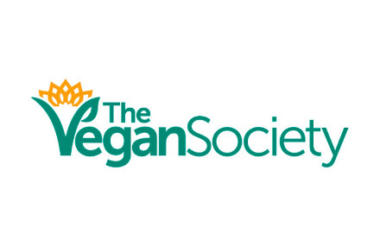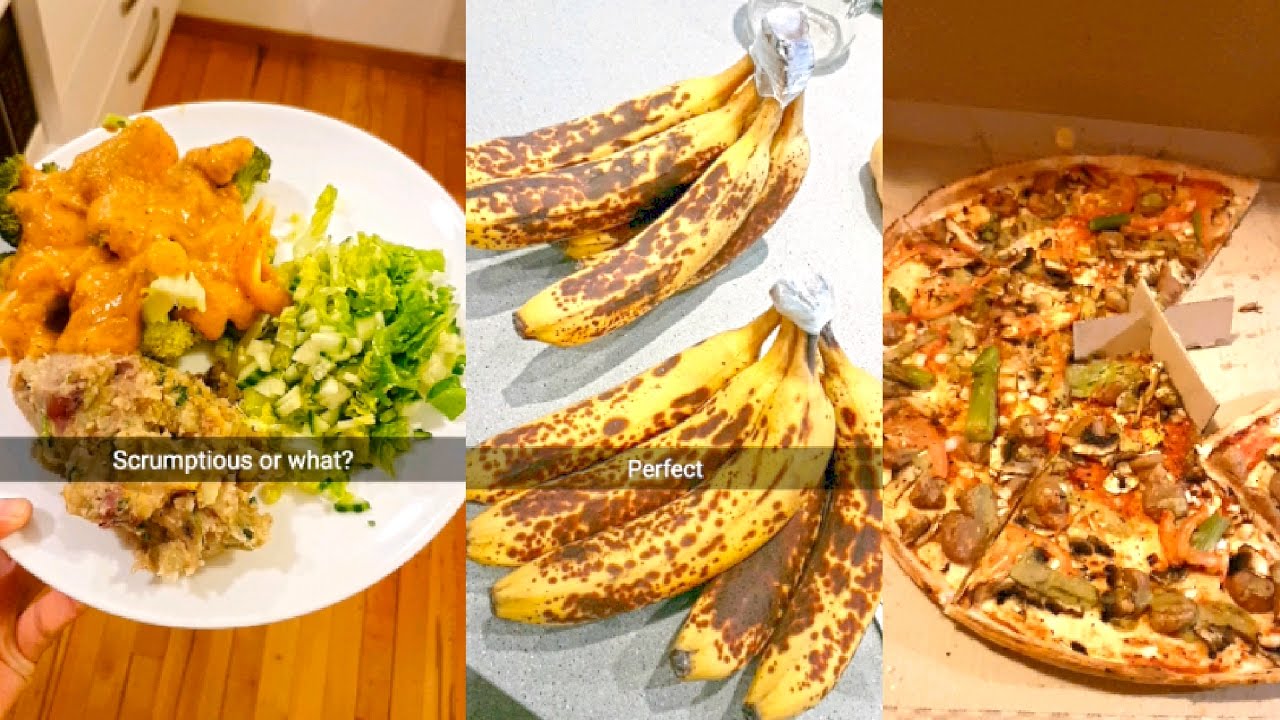
A lacto vegetarian is a vegetarian that does not eat meat but eats dairy products and eggs. The Mayo Clinic suggests that one vegetarian meal be consumed per day. This can then be gradually decreased. A lacto ovo vegetarian should reduce their intake of refined grains and sugars in addition to avoiding cholesterol and saturated fat.
Lacto vegetarians avoid meat
A lacto-ovo vegetarian diet is a healthy choice that is high in fiber and low in calories. This type of diet has been shown to help people lose weight and reduce their risk of obesity. It contains a lot of fiber, complex carbs, vitamins, minerals, as well phytochemicals. It also helps keep blood sugar levels in check. Also, the lacto-ovo vegetarian lifestyle is low in saturated fats and trans fats.
A lactoovo vegetarian diet is one that includes milk, eggs, and no meat. It's a healthy choice for many people. It can be modified to fit individual lifestyles. While a lacto-ovo vegetarian diet may not be suited for everyone, the health benefits are numerous.

They eat dairy and egg products
Although Lacto ovo vegetarians don't eat meat or poultry, they do consume eggs and dairy products. They also eat plant-based food such as vegetables, rice, and fish. Pescatarians, on the other side, eat fish and seafood, but not meat or poultry. These people often eat dairy products and eggs to meet their nutritional needs.
A lacto-ovo vegetarian diet should consist of a variety of fruits, vegetables, and grains. This will allow the diet to provide all essential nutrients and help prevent vitamin or mineral deficiencies. For advice, consult a registered dietitian if you're not yet a lactosovo vegetarian.
Some people strictly avoid meat and are vegetarians. Lacto-ovo vegetarians however, eat dairy products as well as eggs. Dairy and egg provide the same nutrients as meat. According to statistics, more than 30% of vegetarians eat dairy and eggs, while only 8% of them eat fish or seafood.
They lower cancer risk
Recent studies have shown that lacto ovo vegetarians are less likely to develop gastrointestinal cancer. This reduction was found to be as much as eight percent, which indicates that eating more plant-based foods is an effective way to lower your cancer risk. However, a diet high in red and processed meat may actually increase your cancer risk. Galstone disease, which is the painful condition in gallbladders where hard stones of cholesterol/bilirubin form, is more common in lacto vegetarians than in other meat-eaters.

This study also showed that lacto ovo vegetarians had a lower risk of colorectal cancer than their non-vegetarian counterparts. Although both sexes could benefit from a plant based diet, the protective effects seemed to be stronger in the males.
FAQ
What is the problem with BMI?
BMI stands to Body Mass Index. This refers to the measurement of body weight based on height. The following formula is used to calculate BMI:
Divide the weight in kilograms by the height in meters squared.
The result can be expressed in a number between 0 to 25. A score greater than 18.5 is considered overweight. A score greater than 23 is considered obese.
A person who weighs 100 kg and has a height of 1.75 m will have a BMI of 22.
How much should I weight for my height and age? BMI calculator and chart
To determine how much weight loss you need, a BMI calculator is your best friend. Healthy BMI ranges between 18.5 to 24.9. You should lose about 10 pounds each month if you are trying to lose weight. Simply enter your height, weight and desired BMI into the BMI calculator to calculate it.
Check out this BMI chart to determine if you are overweight or obese.
How can I get enough vitamins?
Your diet can provide most of your daily requirements. Supplements are an option if you are low in any vitamin. A multivitamin can contain all the vitamins that you need. Or you can buy individual vitamins from your local drugstore.
Talk to your doctor if you have concerns about getting enough nutrients. For example, dark green leafy vegetables such as spinach, broccoli, kale, collard greens, turnip greens, mustard greens, bok choy, romaine lettuce, arugula, and Swiss chard are rich in vitamins K and E. Other good sources include oranges, tomatoes, strawberries, cantaloupe, carrots, sweet potatoes, pumpkin, and squash.
If you are not sure how much vitamin you should be consuming, ask your doctor. The doctor will determine the proper dosage based upon your medical history as well as your current health.
What is the difference of a virus from a bacteria?
A virus, a microscopic organism that can not reproduce outside of its host cells, is called a virus. A bacterium (or single-celled organism) reproduces by splitting itself into two. Viruses measure only 20 nanometers in diameter, but bacteria is up to 1 millimeter in size.
Viruses are usually spread through contact with infected bodily fluids, including saliva, urine, semen, vaginal secretions, pus, and feces. Bacteria are usually spread through direct contact with contaminated objects or surfaces.
Viral infections can be transmitted through skin cuts, scrapes and bites. They can also get into the skin through the nose, mouth and eyes, ears as well as through the rectum, rectum and anus.
Bacteria can be introduced to our bodies by cuts, scrapes or burns. They can also be introduced to our bodies by food, water and soil.
Viruses and bacteria both cause illness. Viruses cannot multiply in their host cells. They can only infect living cells and cause illness.
Bacteria can cause illness by multiplying in the body. They can spread to other parts of our bodies. They can even invade other parts of the body, which is why antibiotics are necessary to eradicate them.
Statistics
- WHO recommends reducing saturated fats to less than 10% of total energy intake; reducing trans-fats to less than 1% of total energy intake; and replacing both saturated fats and trans-fats to unsaturated fats. (who.int)
- According to the Physical Activity Guidelines for Americans, we should strive for at least 150 minutes of moderate intensity activity each week (54Trusted Source Smoking, harmful use of drugs, and alcohol abuse can all seriously negatively affect your health. (healthline.com)
- nutrients.[17]X Research sourceWhole grains to try include: 100% whole wheat pasta and bread, brown rice, whole grain oats, farro, millet, quinoa, and barley. (wikihow.com)
- Extra virgin olive oil may benefit heart health, as people who consume it have a lower risk for dying from heart attacks and strokes according to some evidence (57Trusted Source (healthline.com)
External Links
How To
How to live a healthy lifestyle
A healthy lifestyle is one where you are able to maintain your weight, your health and your fitness level. It is a lifestyle that involves eating healthy, exercising regularly and avoiding drugs, alcohol, nicotine, and tobacco. A healthy lifestyle can help you stay fit and feel great. In addition, a healthy lifestyle reduces your risk of chronic diseases like heart disease, stroke, diabetes, cancer, osteoporosis, arthritis and many others.
The main goal of this project was to provide a step-by-step guide on how to live a healthier life. The introduction was the first portion of the project. It describes the benefits of living a healthy life, what it means, and who we should be. Then, I wrote the body paragraphs, which consist of different tips on how to keep a healthy lifestyle. Finally, I wrote the conclusion. It summarises the entire article and offers additional resources, if needed.
This assignment taught me how I can write concise, clear paragraphs. Also, I learned how to organize my ideas into topic sentences and supporting details. Furthermore, I was able to improve my research skills by being able to identify specific sources and correctly cite them. I also learned proper grammar for writing.